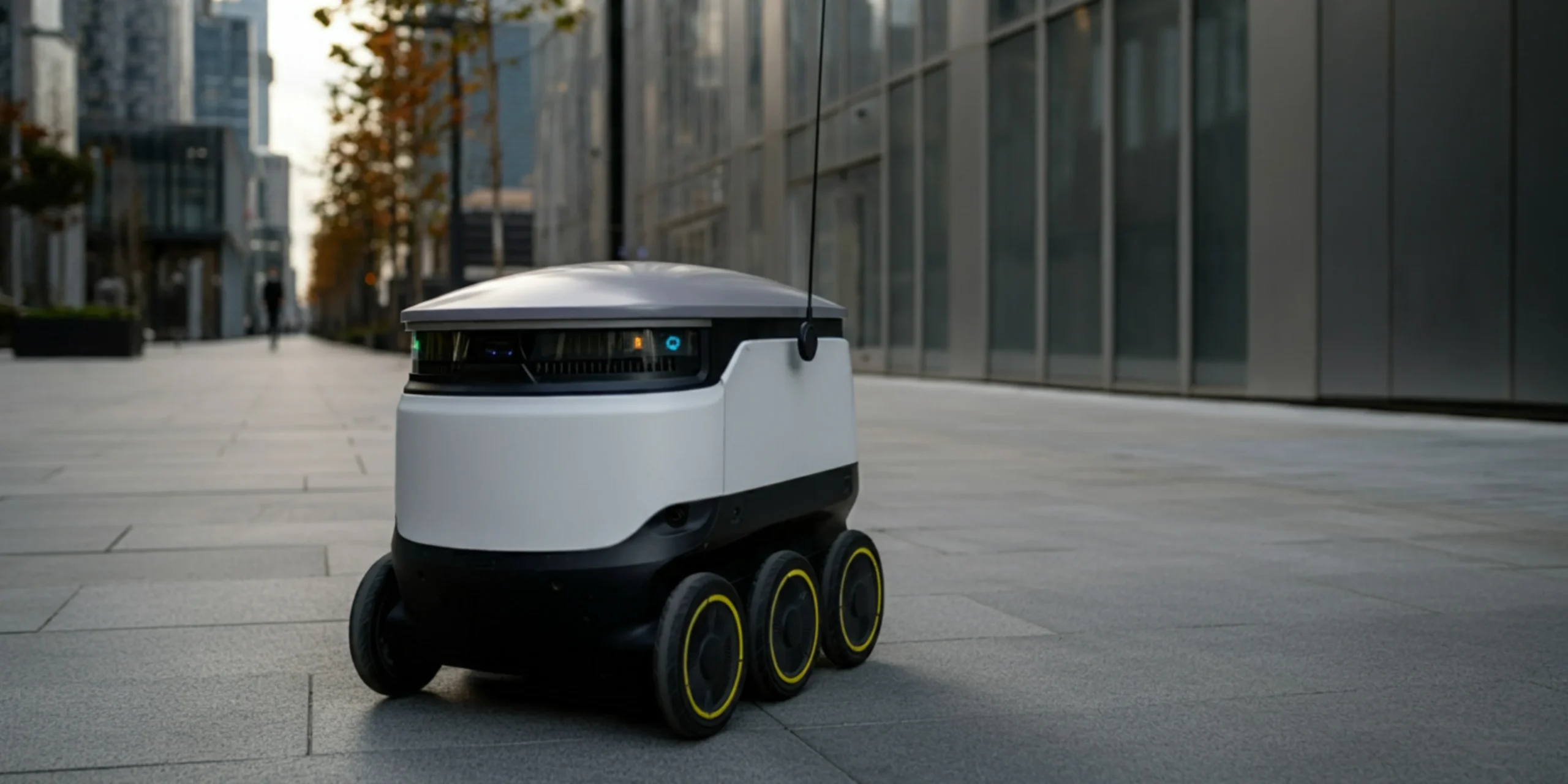Why It Matters
Artificial intelligence is moving beyond text and images into the realm of spatial intelligence – the ability to perceive, interpret, and act within physical environments. From autonomous vehicles navigating crowded streets to warehouse robots working alongside humans, spatially aware AI is redefining what machines can understand. This evolution represents a leap toward truly embodied intelligence, where AI doesn’t just process information but interacts with the world in real time.
The State of Play
Spatial intelligence combines computer vision, sensor fusion, mapping, and contextual reasoning. Breakthroughs in LiDAR, radar, and advanced 3D modeling have made it possible for AI to perceive depth, recognize objects, and predict movement.
- According to MarketsandMarkets, the global computer vision market is projected to reach $19 billion by 2027, with spatial AI driving much of the demand.
- Autonomous mobility is leading the charge: Waymo, Tesla, and Baidu have logged millions of real-world driving miles, relying heavily on spatial AI.
- In retail, Amazon uses spatially intelligent robots across its warehouses to optimize logistics, reducing human-robot accidents by over 40% since 2020.
Applications in the Real World
- Autonomous Vehicles
Cars that can “see” and respond to their surroundings in real time rely on spatial intelligence to detect lanes, pedestrians, and other vehicles. - Healthcare
AI-assisted surgery and rehabilitation tools use spatial awareness to guide robotic arms and track patient movements. - Augmented & Virtual Reality
Headsets like Apple Vision Pro and Meta Quest integrate spatial AI to create immersive experiences that blend the physical and digital. - Urban Planning & Smart Cities
Governments are testing spatial AI for traffic flow analysis, crowd management, and infrastructure monitoring.
Opportunities & Benefits
- Safety: Real-time situational awareness reduces accidents in transport and manufacturing.
- Efficiency: Automating spatial reasoning improves productivity in logistics, construction, and healthcare.
- Immersive Experiences: Blends physical and digital worlds seamlessly for gaming, training, and collaboration.
- Climate Monitoring: Satellites equipped with spatial AI detect deforestation, pollution, and disaster zones with increasing accuracy.
Challenges & Ethical Risks
- Privacy: Cameras and sensors constantly capturing spatial data raise surveillance concerns.
- Bias in Recognition: Misidentification of pedestrians or objects could have dangerous consequences.
- High Costs: LiDAR and advanced sensors remain expensive, limiting widespread deployment.
- Autonomy vs. Accountability: If a spatially aware AI makes a decision that causes harm, who is legally responsible?
What’s Next
The next wave is edge-based spatial intelligence, where devices process spatial data locally rather than sending it to the cloud. This reduces latency and strengthens privacy protections. Research labs are also working on neuromorphic chips that mimic brain-like spatial reasoning, potentially unlocking faster and more efficient AI perception.
By 2030, spatial intelligence is expected to be a core foundation of everything from robotics to city infrastructure, making it one of the most transformative frontiers in AI.
Practical Takeaways
- Expect rapid integration of spatially aware AI in autonomous vehicles, logistics, and AR/VR.
- Businesses should prepare for new regulatory frameworks on spatial data privacy.
- Developers should watch for affordable sensor and chip innovations that lower entry barriers.
Sources
- MarketsandMarkets – Computer Vision Market
- MIT Technology Review – Autonomous Vehicles
- World Economic Forum – Smart Cities
- Nature – Robotics & AI
For more insights into AI’s evolving role, visit:








Leave a Reply